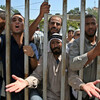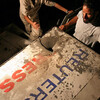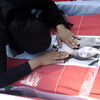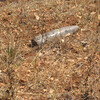
International blockades threaten Palestinian schools
29 August 2006
Palestinian parents are huddling on street corners, in cafes and in mosques and talking nervously about the looming crisis in their children’s education. The five month long financial blockade on the Hamas-led Palestinian Authority (PA) is now threatening to shut down the education system. With an alarmingly high unemployment rate of 40 per cent and most civil servants, including most teachers without paychecks for five months now, few households can afford the expense of sending the students back to school when the summer holidays end. Read more about International blockades threaten Palestinian schools








